Sewing your own vest? Sounds like a good idea that every professional sewiest or a novice wants to try but, are not sure whether it is worth it or not? Don’t worry, we got covered.
In this blog, we will explain how you can create your very own vest and will answer all your queries.
Sounds interesting right? Let’s begin!
1. Creating a Pattern
Before we start explaining the sewing process, the first step is to create a pattern for your vest. This pattern will serve as your roadmap throughout the sewing project.
1.1. Find a tank top or a t-shirt:
First of all, you need to find a tank top or a t-shirt that fits you well. After that lay it flat on pieces of newspaper.
If you don’t have a newspaper then you can use a brown paper bag. This simple method ensures that your vest has a proper fitting, without the hassle of taking complex measurements.
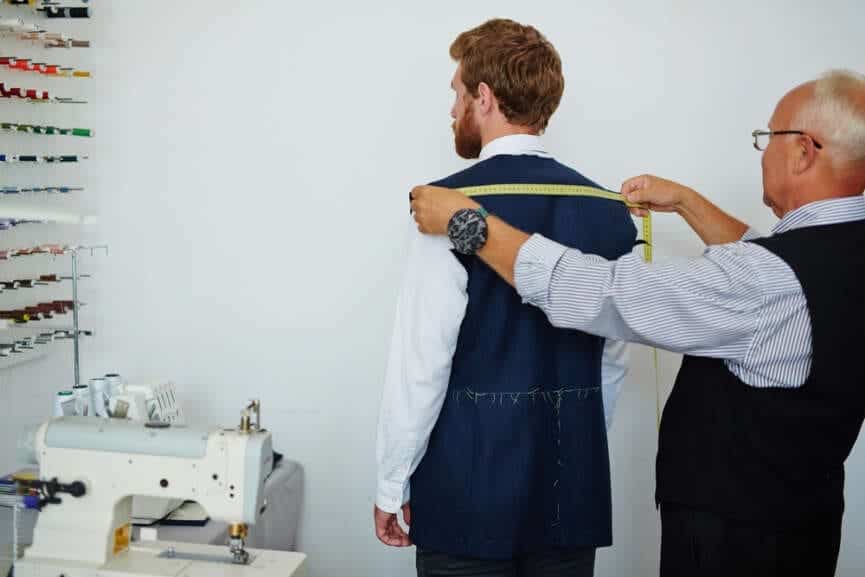
1.2. Add seam allowance
You need to leave around ½ inch seam allowance. Seam allowance is the part that gets folded when you make the seams. It gives your vest a more professional look, so it’s important to add them in every sewing project.
1.3. Create front and back pieces
Now you need to create front and back pieces. Divide the front piece into two halves by folding your top vertically and tracing around it.
Don’t forget to add seam allowance along the outer edge. For the back piece, just lay your top flat and trace along it. You need to add seam allowance in the back piece too.
1.4 Cutting Pattern
Now, you need to cut pattern pieces, remember to be careful during the whole cutting process. After you are done with cutting, just put the vest cutout pieces together, making sure the armholes and hem line up.
1.5 Select your fabric
Now you need to select the fabric for your vest. Before finalizing any fabric, always take note of the season. In summers go for linen or cotton. Whereas in winter choose either light wool or velvet.
2. Sewing the Vest
With your chosen fabric and vest pattern in hand, it’s time to start the sewing process.
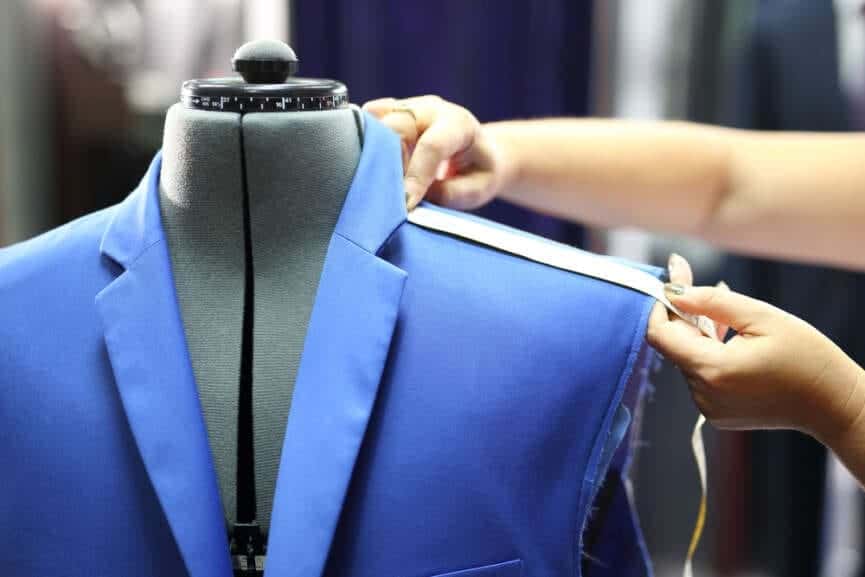
2.1. Cutting fabric
The next step is to lay your fabric out flat and adhere the pattern pieces on top. After that, simply pin the pieces together to prevent any shifting.
Then trace the outline with a pen properly. These outlines will serve as guides for your sewing.
2.2. Mark stitching lines
On the wrong side of the fabric, you need to mark the stitching lines. Just mark a dotted line about 1/2 inch (1.3 cm) from the edge. This line will be used for making seam allowance.
2.3. Repeat for lining
Repeat the whole process for your lining fabric. Also, while marking the lines make sure that the lining pieces align with the vest pieces properly. For proper fitting, this step is very important.
2.4. Sew side seams
Now sew the side seams of the vest and lining the right sides together. After that by using a press the seams flat. This will make your vest look more professional.
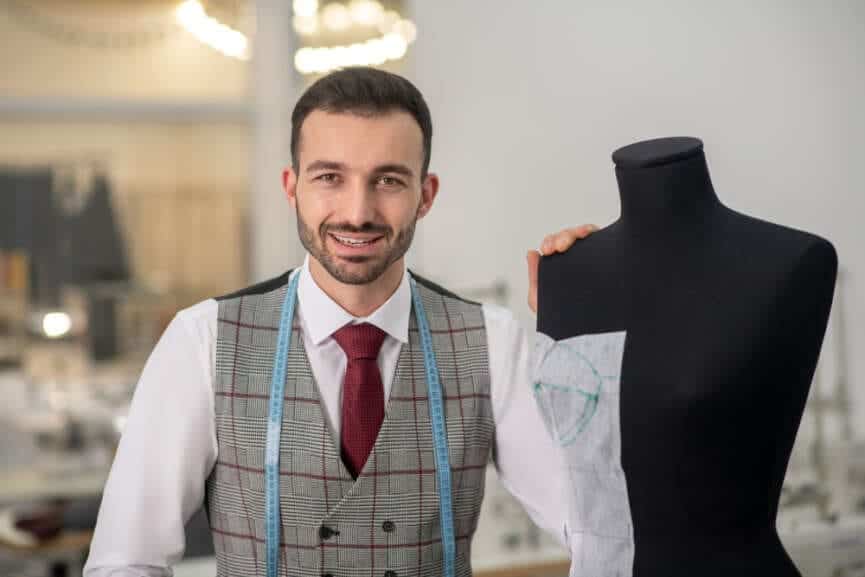
2.5. Sew vest and lining fabrics together
Before sewing the vest and lining pieces together make sure that it’s aligned. After that, pin them together and sew along all sides except the shoulder seams.
2.6. Turn the fabric inside-out
Now, you need to pull the fabric through one of the shoulder seams to reveal the right side of the fabric. For both the liner and vest and remember to be very careful while doing it.
2.7. Sew shoulder seams
To sew shoulder seams, just fold the top 1/2 inch of the back shoulder piece then tuck the front piece in. After that use a pin to secure the shoulder seam and sew together on the back piece, Repeat the whole process on the other shoulder seam too.
2.8. Add topstitch
If you want your vest to look more professional then you can add a row of topstitch 1/8 inch along the edge. This stitching will be visible from the fabric’s right side that’s why make sure to choose thread color that complements your vest fabric.
3. Adding Closures
Now, you need to add closures to complete your vest. You have many options such as buttons and snaps, and here’s how you can do it: You have to decide whether you want buttons to add buttons or another type of closure for your vest.
If you opt for buttons, you can attach buttons by hand or can use your sewing machine. Both methods are super easy.

Closing Thoughts
If you are seeking answer to the question how to sew a vest it feel daunting to you, but it’s far from impossible.
By carefully following the vest tutorial above, you can effortlessly conquer the art. you just have to pay close attention to the stitch lines, curved seams, and lining layers for getting done a fully lined vest.
Also take your time to press seams open carefully to achieve the results. As whether you’re exploring the world of quilted vests, welt pockets or positioning arm openings into your design.
Just remember that patience is key throughout the process.
With the right materials, a well-designed paper pattern, and dedication, you’ll soon have a dream garment that be proudly your.
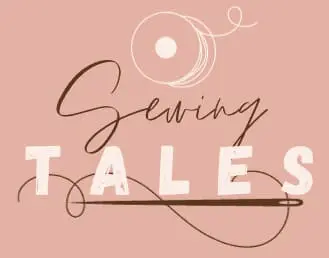





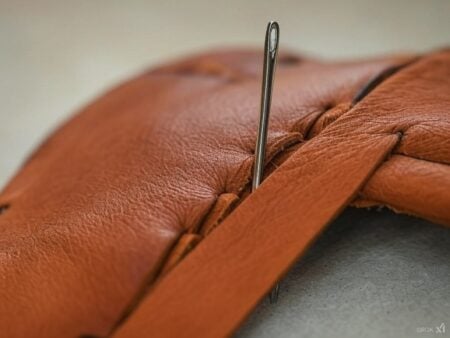
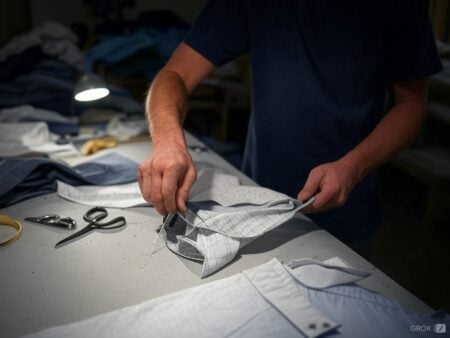
3 Comments
I found this article on sewing a vest quite engaging. The idea of creating your own vest is intriguing, and the step-by-step guidance on factors like creating a pattern serves as a helpful roadmap. As a beginner in sewing, I appreciate the assurance that this blog will address all queries. Looking forward to trying it out!
Anna Smith’s guide on how to sew a vest is incredibly informative! The step-by-step explanation, starting from creating a pattern to adding closures, makes the seemingly daunting task of sewing a vest much more approachable. The tips on selecting fabric based on the season and adding seam allowance for a professional look are particularly helpful for both beginners and experienced sewists. Thanks for breaking down the process and making it accessible for everyone!
This detailed guide on sewing a vest is a game-changer for both seasoned sewists and beginners! It covers essential steps from creating a pattern using a tank top or t-shirt to selecting the right fabric for the season. The sewing process, including cutting the fabric, marking stitching lines, and sewing the vest and lining together, is clearly explained with attention to detail. The addition of closures, whether buttons or snaps, is a thoughtful touch. The guide’s closing thoughts emphasize the importance of patience and dedication, ensuring a rewarding experience in crafting a personalized vest.